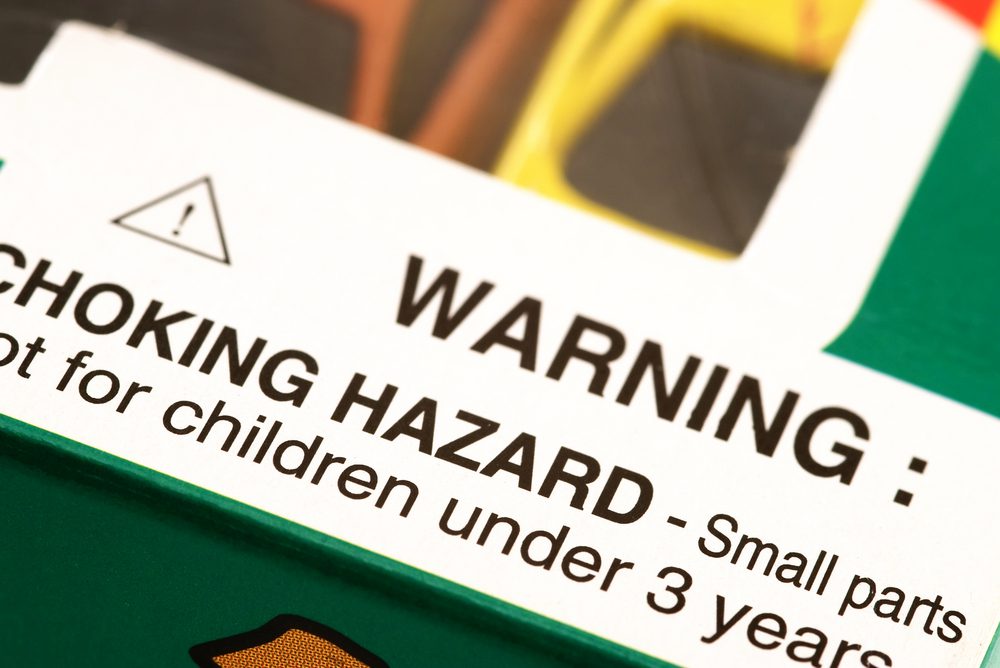As parents, one of our top priorities is keeping our little ones safe from harm. And when it comes to babies, choking hazards are a serious concern. In this article, we’ll take a closer look at common choking risks for babies and explore practical tips for preventing accidents and keeping your little one safe.
Understanding the Risk: Why Babies are Vulnerable to Choking
Babies are naturally curious and love to explore the world around them, but their small size and developing motor skills can put them at greater risk for choking. Their airways are narrower and more easily obstructed, and they may not yet have the ability to chew and swallow food properly. Additionally, babies often put objects in their mouths as part of their exploration, increasing the likelihood of choking accidents.

Know the Signs: Recognizing Choking in Babies
It’s essential to know the signs of choking in babies so that you can act quickly in an emergency. Common signs of choking include difficulty breathing, gagging or coughing, wheezing or whistling sounds, and bluish skin or lips. If you suspect that your baby is choking, it’s crucial to take immediate action to clear their airway and prevent further obstruction.
Common Choking Hazards: What to Watch Out For
Many everyday items can pose a choking hazard to babies, so it’s essential to be vigilant and keep potentially dangerous objects out of reach. Some common choking hazards for babies include:
- Small toys or objects that can fit entirely in a baby’s mouth
- Coins, buttons, or other small items that can be easily swallowed
- Balloons or plastic bags that can be accidentally inhaled and block the airway
- Foods that are difficult for babies to chew or swallow, such as grapes, hot dogs, or chunks of raw vegetables
- Small parts or components of toys or household items that can break off and become lodged in the throat
4. Baby-Proofing Your Home: Tips for Choking Prevention
Baby-proofing your home is essential in preventing choking accidents and keeping your little one safe. Here are some practical tips for baby-proofing your home to reduce the risk of choking:
- Keep small objects out of reach and store them in secure containers or drawers.
- When selecting toys for children, ensure that they are appropriate for their age group and do not contain small parts or choking hazards. This is important for their safety and well-being.
- Cut food into small, bite-sized pieces and supervise your baby closely during mealtimes.
- Avoid giving babies hard or round foods that can be difficult to chew or swallow.
- Keep cords, strings, and other potential strangulation hazards out of reach.
5. Safe Feeding Practices: Tips for Introducing Solid Foods
Introducing solid foods is an exciting milestone for babies, but it’s essential to do so safely to prevent choking accidents. Here are some tips for safe feeding practices:
- Start with smooth, pureed foods and gradually introduce thicker textures as your baby becomes more comfortable with chewing and swallowing.
- Sit your baby upright while feeding and offer small spoonfuls of food at a time.
- Avoid giving babies foods that are hard, sticky, or difficult to chew, such as nuts, popcorn, or chunks of meat.
- Supervise your baby closely during mealtimes and be prepared to intervene quickly if they show signs of choking.
6. CPR and First Aid: Being Prepared for Emergencies
Despite our best efforts to prevent choking accidents, emergencies can still happen. That’s why it’s essential to be prepared and know how to respond in the event of a choking emergency. Consider taking a CPR and first aid course specifically designed for infants and young children to learn lifesaving techniques and gain confidence in your ability to respond effectively in an emergency.
7. Staying Vigilant: The Importance of Supervision
Above all, the key to preventing choking accidents is staying vigilant and always supervising your baby closely. Keep a watchful eye on your baby during playtime, mealtimes, and any other activities where they may encounter potential choking hazards. By staying attentive and proactive, you can help keep your little one safe and reduce the risk of choking accidents.

Conclusion
In conclusion, preventing choking hazards and keeping babies safe requires diligence, awareness, and proactive measures. By understanding the risks, implementing practical safety precautions, and staying vigilant at all times, parents and caregivers can help reduce the risk of choking accidents and create a safer environment for babies to explore, learn, and grow. Remember, safety always comes first, and by working together, we can keep our little ones safe from harm and give them the best possible start in life.


